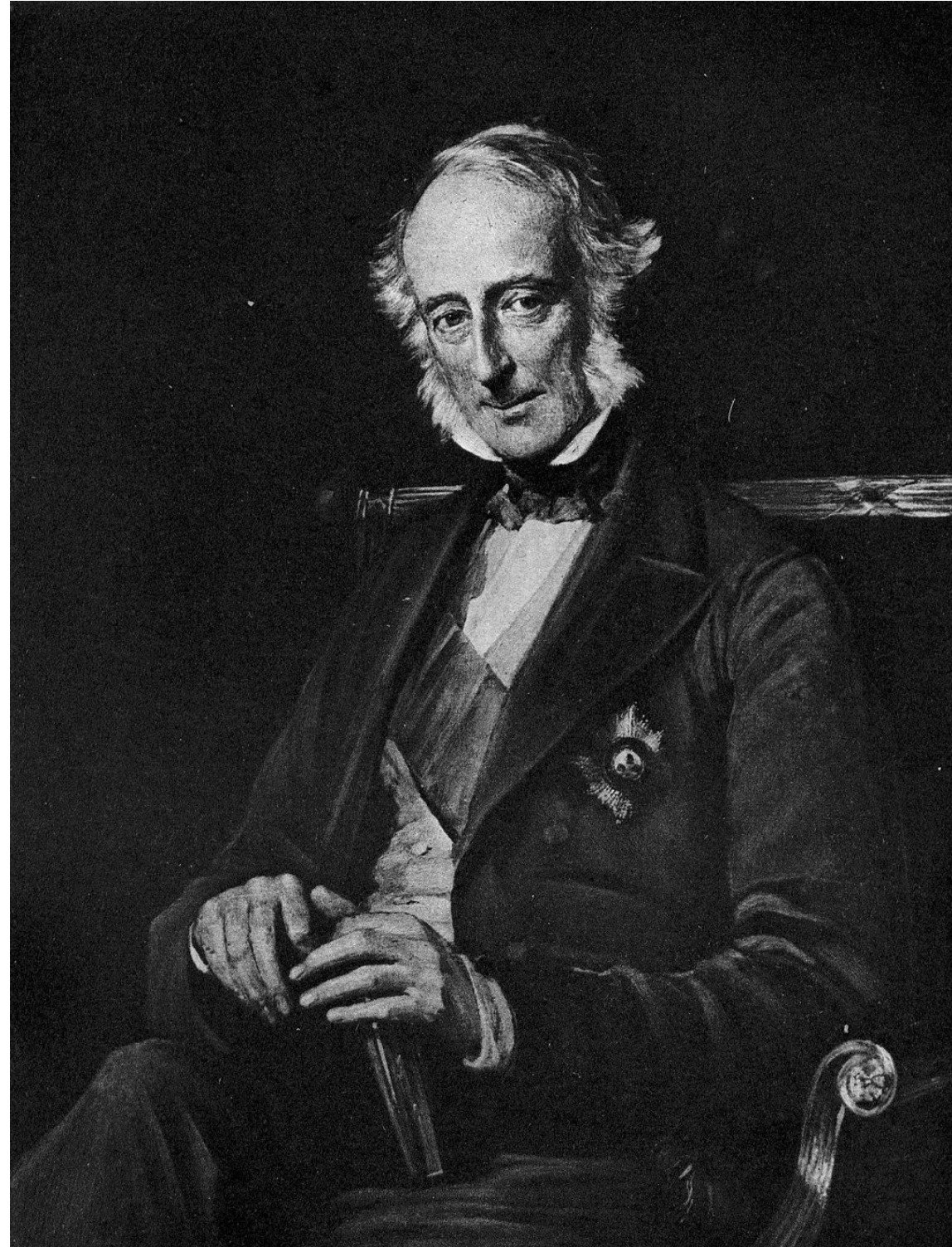Colonial schools in India: an introductory note
Excy Hansda (University of Liverpool)
Over three centuries of Indo-British relations, Indian educational policies have historically been shaped by innumerable British administrators, educators, and people in high authority, as well as religious reformers, publicists, propagandists and politicians.
Before the introduction of the Western education system of classrooms, there was a network of autonomous, self-supporting decentralized school systems all over India. The village priest and the village craftsmen played the role of teachers in addition to their religious and occupational pursuits and only the male members of upper caste had the right to access education.
In the first half of the nineteenth century, missionary activity in education had grown at a rapid pace in India. Although in 1813 missions from Great Britain had the first preference, by 1833 missions from other Western nations were accepted without any restrictions.
Charles Wood. Image credit: WikiMedia.
A significant milestone in British colonial influence over education in India was the Great Charter of Indian Education of 1854. This formed part of Sir Charles Wood’s famous Educational Despatch, which was responsible, in particular, for making a shift to English-language instruction in schools. According to Hayden J. A. Bellenoit, missionary schools hoped to make their schools centres of spiritual and religious dialogue. They were engaged in imparting both practical and spiritual knowledge, but it was the latter which made them distinct.
A demonstration of the monitorial system. Image credit: WikiMedia.
One notable pedagogical feature of education in India was the monitorial system of education. At the time, this system was thought to promote “civilising powers” and was seen as a rational instrument to uplift pupils morally and, at the same time, subject individuals “to their respective places” in society. As M. S. Sundaram noted, “Many indigenous schools worked on the monitorial system, the more advanced pupils tutoring the lower grades in each school. Dr. Bell, the Presidency chaplain in Madras, commended this system for adoption in England. He called it the Madras system by which a school or family may teach itself under the supervision of a master or parent’.” The “Madras” system was used successfully in Britain, including in St Andrew’s, providing an interesting example of educational practice in India influencing that in Britain.
References:

